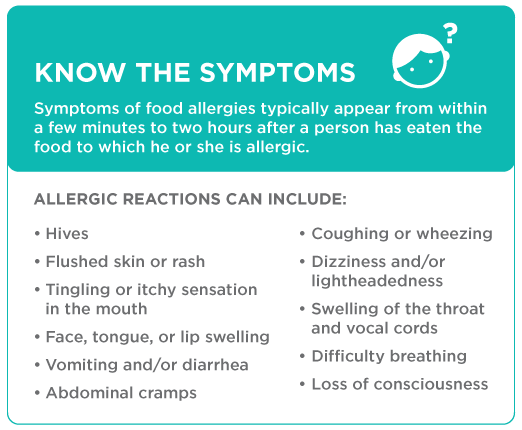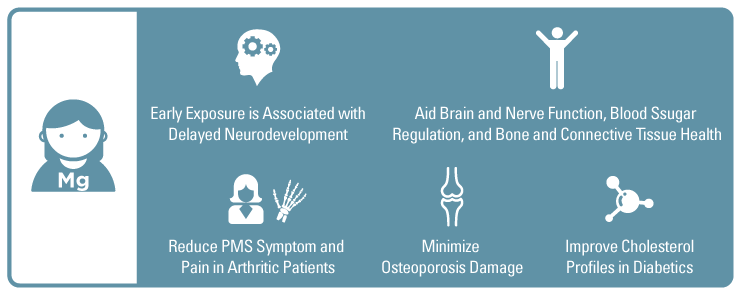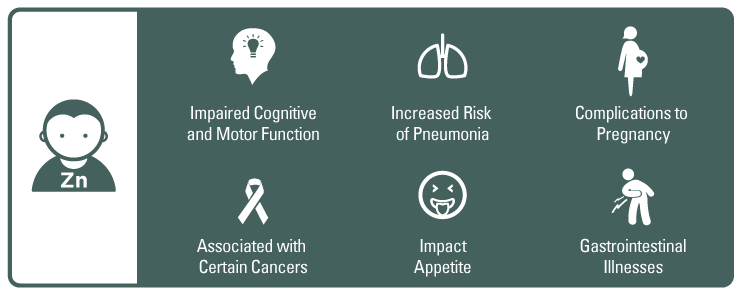Food Allergies: The Top Ten Offenders
The following three allergens, shellfish, fish and soy, are part of the top 8 allergens that affect 90% of allergic individuals worldwide. Though allergies to these foods are slightly less common than cow’s milk, egg, peanut and tree nut allergies, they are still ever present in many of the foods we eat today. Not only are they a hazard to allergic individuals, these 3 ingredients have been linked to sensitivities and various health conditions.
References:
Food Allergy Research and Education
Health Canada
Current Allergy and Asthma Reports
Clinical and Experimental Allergy
Alternative Therapies in Health and Medicine

Shellfish are a type of sea life that include molluscs, such as oysters and clams, and crustaceans, such as lobsters and crabs. They are commonly found in Japanese cuisine, coastal dishes, oyster sauce, fish sauce and Clamato juice. Shellfish allergies (found in 0.1% of North American children and 2.0% of adults) are fairly common and are often caused by the protein tropomyosin which is found in many different types of shellfish. These allergies generally present themselves at random as a person ages, though they can be brought on by constant exposure. For example, those who often handle shellfish are likely to get sensitized to it, causing contact dermatitis and asthma. It is also a common misconception that such reactions can also occur after the use of iodine and radiocontrast material in individuals allergic to shellfish, though this has not been proven. In fact, studies have shown that having a shellfish allergy has no affect on one’s risk of reaction to radiocontrast dye.
For those of us that can enjoy shellfish, we may have to be cautious around shellfish caught in the Pacific ocean in the future. Some would argue that due to leakage from the Fukushima power plant, sea life within the Pacific ocean is being exposed to radioactive material. This event has caused many to be concerned about consuming Pacific shellfish. As it stands now, the FDA has stated that they are actively testing foreign and domestic shellfish and have yet to find anything that would be a threat to public safety. The FDA has further stated that if they do happen to find any unsafe shellfish, they will remove it from the U.S. markets. Therefore, any shellfish currently available for sale today is safe to eat.
References:
Clinical and Experimental Allergy
Food Allergy Research and Education
Current Allergy and Asthma Reports
The Journal of Emergency Medicine
Food and Drug Administration

Fish are a common staple protein in many coastal countries and are classified by their fat content as whitefish (<1% fat) or oily fish (10%-25% fat). Fish are often found in Japanese cuisine, coastal dishes, Worcestershire sauce and Caesar salad dressing. Allergies to fish (affecting 0.1% of North American children and 0.4% of adults3), commonly caused by the protein parvalbumin, can arise not only with ingestion, but with skin contact and vapour inhalation as well. Such allergies are most prevalent in countries that consume a large amount of fish. Though parvalbumin is present in most fish, its levels are higher in white-muscled fish (like cod), than in dark-muscled fish (such as tuna). Although this protein’s characteristics do not change with cooking, the canning process has been shown to alter allergic responses to fish, possibly causing less severe reactions in allergic individuals when ingested.
As with shellfish, some believe that fish from the Pacific ocean are also at risk of accumulating radiation due to leakage from the Fukushima power plant. In response to these concerns, the FDA has been continuously testing foreign and domestic fish and they have yet to find anything that would be a threat to public safety. If they find any unsafe fish, the FDA has stated that they will remove it from the U.S. markets. Therefore, based on the FDA’s specifications, fish currently available is safe to eat. However, a recent study published in Environmental Science and Technology found that in 2011 and 2012, since the earthquake, there were increased levels of 134Cs in Albacore Tuna caught in the East Pacific Ocean. Given that the study did not find any detectable levels of 134Cs in fish caught in 2008, and found increasingly higher levels in fish caught in 2011 and 2012, it may be likely that fish, and possibly shellfish, could accumulate even greater levels of 134Cs in the future.
References:
Fish and Fish Products
Food Allergy Research and Education
Current Allergy and Asthma Reports
Pediatric Allergy and Immunology
Food and Drug Administration
Environmental Science and Technology

Soybeans are a species of legume (bean) that are used to produce oil, protein powder, tofu, tempeh, miso paste, soy sauce, tamari, and various other Asian foods. Soy allergy affects roughly 0.4% of children, with roughly 50% of children outgrowing the allergy by the age of 712. This allergy has been shown to cause rhinitis and atopic dermatitis, and has also been linked to cross-reactivity with birch pollen, almond, apple, apricot, buckwheat, and many other foods.
Today 85% of North American soy is genetically modified. Provided that certain soy allergens have been found to be 7 times more abundant in GM soy as compared to organic soy, there may be some association between GM soy and soy allergy. Regardless, studies have yet to demonstrate a causal link between GM soy and soy allergy prevalence.
References:
Food Allergy Research and Education
The Journal of Allergy and Clinical Immunology
The Doctors Laboratory
Hautarzt
GMO Compass
Biology of Nutrition in Growing Animals
Toxicology Letters









 6. Manganese
6. Manganese 7. Mercury
7. Mercury 8. Selenium
8. Selenium 9. Tin
9. Tin 10. Zinc
10. Zinc




